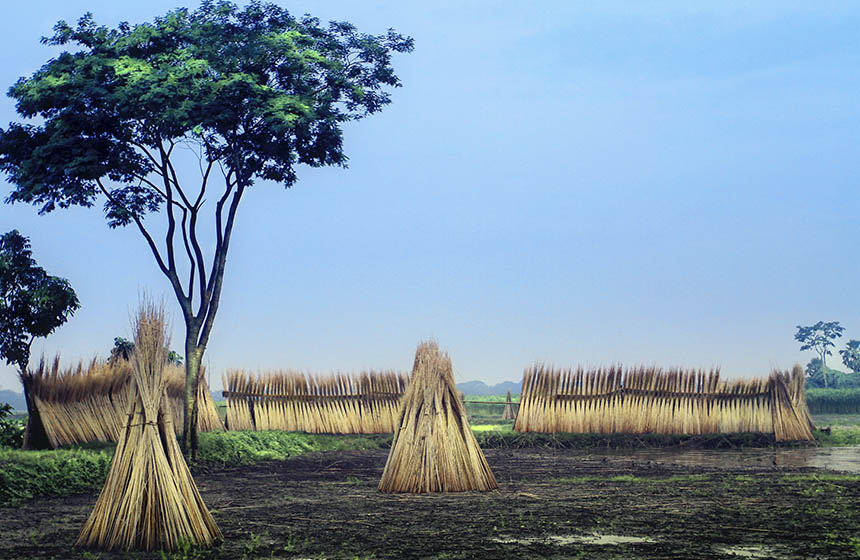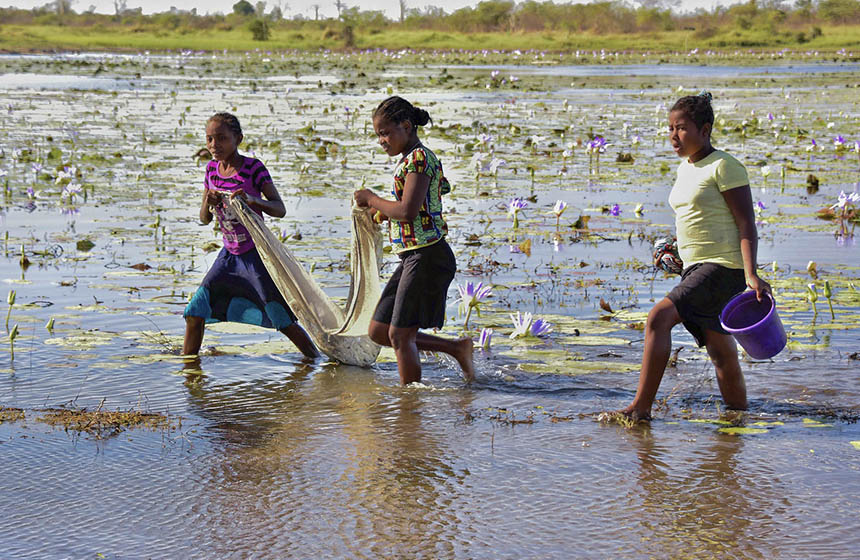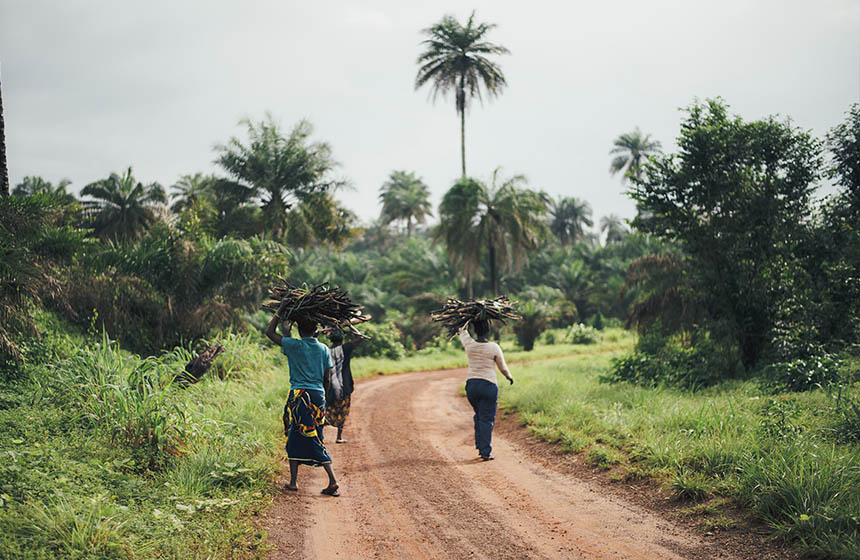Sustainable farming and national-local co-management of the Pendjari Wildlife Reserve
Organic farming methods such as intercropping, crop rotation, and tree maintenance are reducing reliance on chemical fertilizers and pesticides that have contaminated food and water sources for communities surrounding the Pendjari Wildlife Reserve. A national-local co-management scheme ensures revenues from the reserve are shared with the local communities who originally inhabited the land.
Nature-based Intervention:
The Union des Associations Villageoises de Gestion des Réserves de Faune Pendjari (U-AVIGREF) or the Union of Village Associations for the Management of Pendjari Wildlife Reserve, is focused on introducing organic cotton production practices requiring, for example, the maintenance of trees in cotton fields to increase soil fertility and agrobiodiversity. Villagers are also intercropping cotton with soy, maize, and cowpeas. Okra and sorrel of Guinea serve as trap plants for pests that threaten cotton. These practices not only increase pest resistance but also provide edible crops to the surrounding communities.
Notably, the initiative also focuses on redistributing control over the Reserve to local communities, many of whom were forcibly relocated when the park was first established for hunting. The national body has agreed to share 30% of revenue from game hunting within the reserve with U-AVIGREF. In 2013, this share came to 38 million FCFA or 64,000 $USD. The funds were divided among participating villages to support investments in education, healthcare, and infrastructure.
Overview of context and outcomes:
U-AVIGREF is working to simultaneously improve income opportunities for local communities and reduce human pressures on the reserve through more sustainable agricultural practices. Cotton production is one of the main sources of income for local villages and accounts for 10-15% of the nation’s GDP overall. However, it is most often carried out through monocropping methods heavily reliant on chemical fertilizers and pesticides. These chemical inputs jeopardize the health of local communities by seeping into and contaminating soil and water.
Case effectiveness on
Climate change
Although not reported or measured, the reported improved soil quality and agrobiodiversity will likely increase the carbon sequestration potential of the land area.
Although not yet quantified, the organic farming techniques employed have been reported to render soils more resilient to drought, a challenge that communities in this part of Benin will likely increasingly face due to climate change. Household surveys conducted in a few villages revealed that organic agricultural practices for cultivating cotton reduced the most frequent climatic risks related to drought. However, challenges such as the availability of sufficient organic material and the need for transport to remote and dispersed fields are reported to currently limit the adaptation potential of the implemented organic cotton farming methods.
Ecosystem health
Ecological effect: PositiveLarge reductions in chemical soil and water pollution have been observed, reportedly improving the water holding capacity of soils and the aquatic ecosystems that depend on them.
Socioeconomic outcomes
Local economies have benefited through the reported sharing of revenues generated by the Pendjari Biosphere Reserve (64,000 $USD in 2013), higher premiums on organic cotton (47,000 $USD for 90 tons of organic cotton), and cost savings resulting from decreased fertilizer use. Furthermore, 1,400 full-time and temporary jobs were created providing an estimated additional 275,000 $USD in income to communities. Communities reported that these revenues were reinvested in children’s education and clinics. Communities have observed that crop rotation measures have increased quantity and diversity of food products available. This increased food production has also contributed to reducing pressures to poach or overfish in local ecosystems.
Governance
In relation to the governance of the park, the program has worked to develop a co-management system between national authorities and local communities represented by U-AVIGREF.
Finance
The project earns income through game hunting in the reserve and has also received external fudging from the UNDP.
Monitoring and evaluation
Monitoring efforts take place to tract pollutants in both the soil and water.
Trade-offs and limitations
The lack of land entitlement, especially for women, still poses a key limitation to the scope and progress the intervention can make.

Intervention type
- Food production
- Protection
Conducted at landscape scale
Ecosystem type
- Terrestrial production
Climate change impacts addressed
- Loss of food production
- Drought
- Soil erosion
Instigators
- Local NGO or CBO (eg. indigenous)
- National government/agency
Societal challenges
- Biodiversity conservation
- Climate change adaptation
- Conflict and Security
- Disaster risk reduction
- Economic and Social development
- Food security
- Health
- Water security
Outcomes
- Food security: Positive
- Water security: Positive
- Health: Positive
- Local economics: Positive
- Livelihoods/goods/basic needs: Positive
- Energy security: Not reported
- Disaster risk reduction: Positive
- Rights/empowerment/equality: Unclear
- Conflict and security: Positive
- No. developmental outcomes reported: 10
Resources
Read resource 1Read resource 2
Read resource 3
Literature info
- Grey literature
- Peer reviewed



